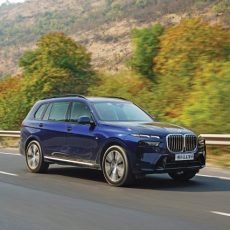The new Skoda Rapid Monte Carlo takes the compact sedan game further with sportier styling and a global engine that offers an impressive rush in the low- and mid-range. Just what we need, then?
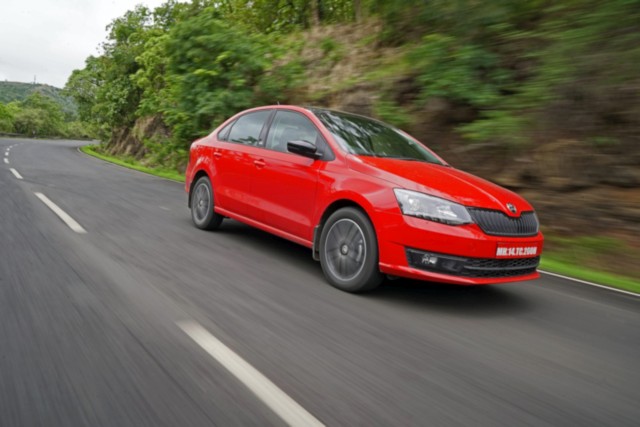
Story: Jim Gorde
Photography: Sanjay Raikar
To say restraint and forward thinking are the need of the hour would be a gross understatement. While many the world over spend time, money, and fuel with reckless abandon over trivial activities for momentary satisfaction, their actions have a far worse effect on consequence. Thankfully, Skoda, and indeed the entire Group, don’t have such an aversion to vision and foresight. With a new range of globally accepted and popular cars that have appropriately downsized and even electrified powertrains, the future seems to be in focus; at least the foreseeable part of it.
The new Skoda Rapid is the latest model to be introduced into their Indian portfolio and is the most potent one yet. And in all the right ways. For starters, there’s the style.
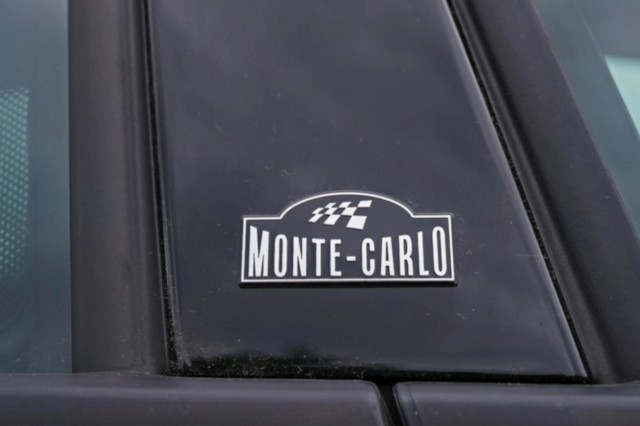
This one here is the Skoda Rapid Monte Carlo, the top-of-the-line variant, priced at Rs 11.79 lakh (ex-showroom) and gets all the bells, whistles, pillows, 16-inch dual-tone alloy wheels, and black-contrast roof. All variants, whether the entry-level — and returning — Rider badge, priced at Rs 7.49 lakh, the black-theme Onyx above it, the high-end Style or this Monte Carlo at the top are testimony to the Group’s engineering prowess with a robust and planted feel and an inherent encouraging feeling of safety thanks to the solid build quality. Particular to this variant, now, the sporty red exterior finish complemented by black elements — front grille, B-pillars, boot-lid gurney flap — and a Monte Carlo badge as well.
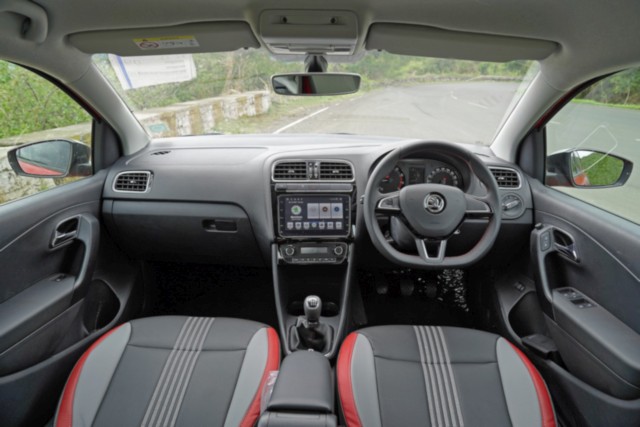
Adding rapidly to its appeal is the sporty flat-bottomed steering wheel as I get in. A big centre screen powered by Google Android is reminiscent of a smartphone interface. It’s a nice touch, but still distracting on the move. Nevertheless, it’s a perceived necessity, so it’s in there. The sporty seats are upholstered with a three-tone vertical-striped layout with contrast stitching; very nice indeed. There are also a couple of art-leather wrapped pillows with the Skoda Monte Carlo logo. Passenger room is more than adequate and my six-foot frame was easily accommodated front and rear with generous knee-room, a result of the packaging. The boot is a capacious 460 litres and can accommodate several huge bags.
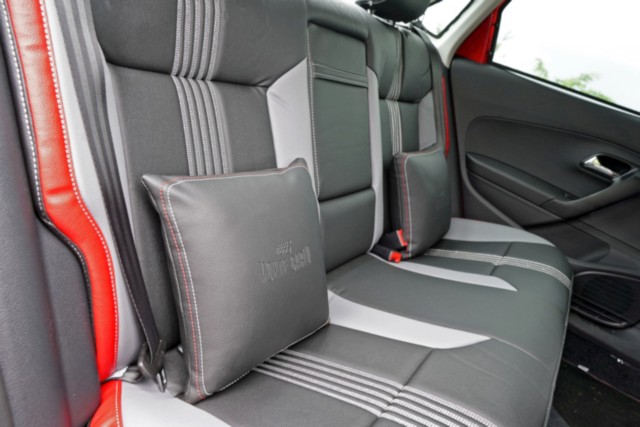
The highlight in the Skoda Rapid Monte Carlo, though, is the new 1.0 TSI engine. Now, this isn’t new to the world. It has powered the up! in 60-hp naturally aspirated guise, the Golf TSI in similar 110-hp guise, the Audi Q2 in 30 TFSI guise with 116 hp and 200 Nm, and, more recently, the new VW Nivus in Brazil with all of 128 hp and 200 Nm — bettering some nat-asp 2.0-litre petrol engines from some time ago. If one recollects, the first Skoda Octavia 2.0 MPI, the 2.0-litre petrol option that the Czech marque first arrived in India with, made 112 hp and 165 Nm. This 1.0-litre, in-line three, turbocharged stratified injection (TSI) petrol makes 110 hp and 175 Nm and is lighter and more compact as well. The power peaks from 5,000 rpm while the torque is richly spread low-down but fills up the senses as the revs pile post 2,000 rpm.
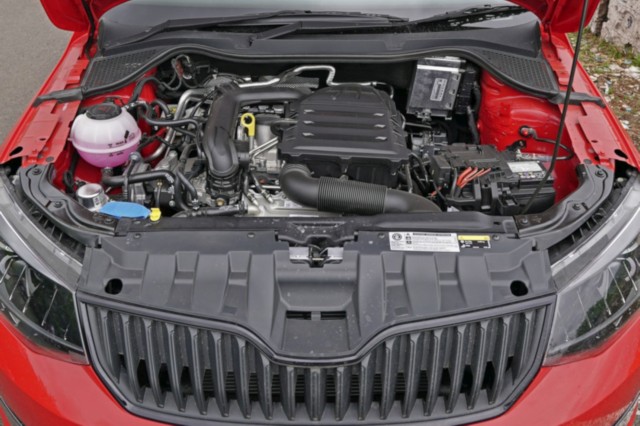
Armed with a six-speed manual transmission, the Skoda Rapid Monte Carlo TSI can accelerate from city speeds to overtake or cover ground in a jiffy, with an extremely potent surge of go at the flex of the foot in pretty much any gear at any speed. The engine’s bottom-end is more than adequate to handle stop-go traffic, lights at crossings or the daily rush-hour commute — which has no respite even in the extended lockdown thanks to hundreds of clueless road-users oblivious to the consequences of their actions. More so, these little turbo engines perform best and are most frugal when driven in their peak torque band which, in this case, is between 1,750 and 4,000 rpm.
More on page 2 >



